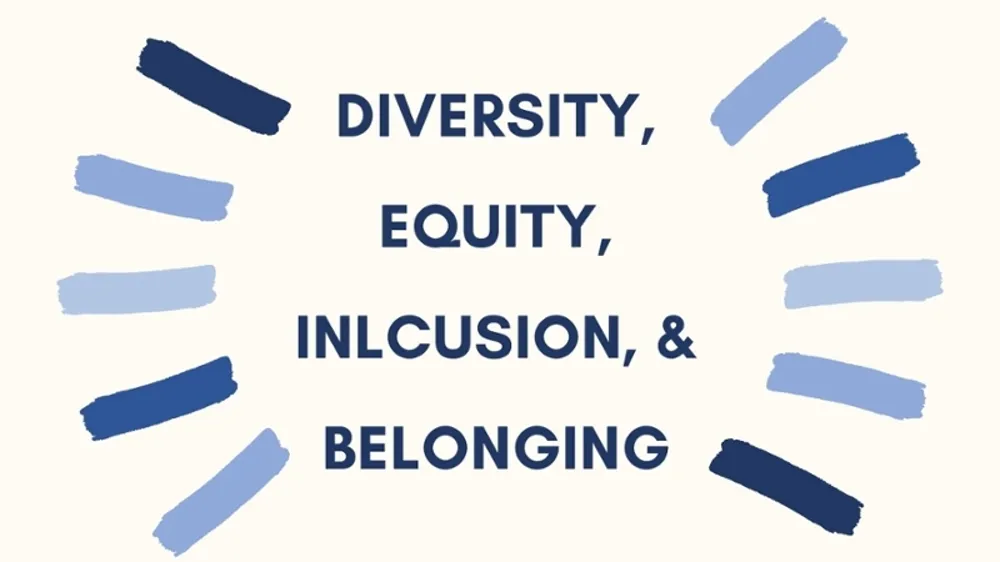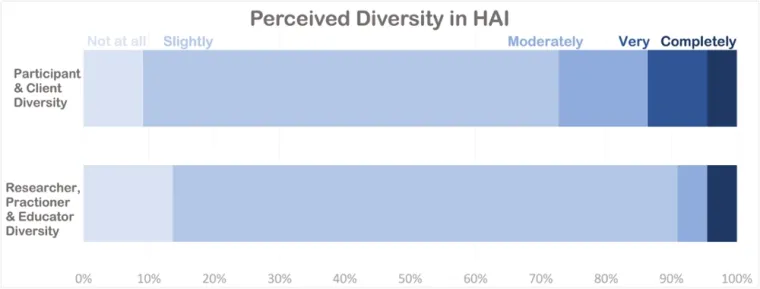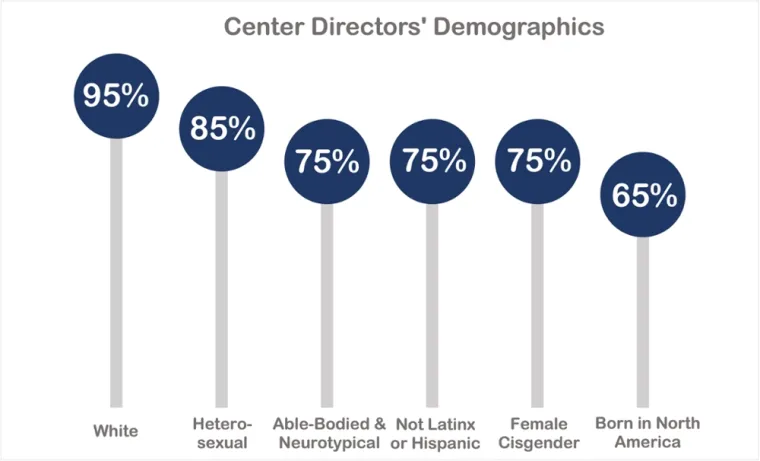Diversity, Equity & Inclusion in Human-Animal Interaction Research
Learn how we're advancing DEI in Human-Animal Interaction Research
The OHAIRE Lab recognizes the gap in diversity, equity, inclusion, and belonging in HAI and is committed to promoting DEI in our program and beyond.
- Requiring team participation in DEI-focused learning opportunities and training. Examples include:
- Anti-racism workshops and subsequent team discussions
- Mandatory disability education training
- Seminars and presentations on DEI
- Suicide prevention training
- Safe Zone and Trans Inclusion training
- Researching diversity, equity, inclusion, and belonging within HAI
- Seeking to hire students, faculty, and staff from historically marginalized communities
- Incorporating input from relevant communities in research design and implementation
- Advisory panels with individuals from studied populations before launching studies
This list is ongoing and will continue to grow as we learn how to improve in this area.

Diversity
Diversity is the representation of differences among individuals, including gender, race, religion, ethnicity, sexual orientation, nationality, socioeconomic status, (dis)ability, and age.
Equity
Equity refers to the fair and impartial access, treatment, opportunities, advancement, and distribution of resources to all individuals. It is important to note that equity is not the same as equality.
Inclusion
Inclusion is an outcome that ensures all individuals, regardless of background or identity, are and feel welcomed. Inclusivity requires equal participation, decision-making authority, and development opportunities within an organization or community.
Belonging
Belonging refers to feelings and perceptions that one's identities are accepted, integrated, and celebrated. A sense of belonging means that individuals feel valued for their authentic selves and are not required to adjust or assimilate to be part of the group.
DEI In Human-Animal Interaction
Perceived Importance and Actual Diversity in Human-Animal Interaction
Directors of HAI centers worldwide were surveyed about their perceptions and the importance of diversity, equity, inclusion, and belonging to evaluate the state of DEI in the human-animal interaction (HAI) field.
Directors answered the following questions:
"How important do your colleagues and other professionals in the field consider diversity to be?”
Nearly 78% of directors believe that DEI is “Very” or “Extremely Important” to their colleagues and other professionals in the field.

“How diverse are the participants and clients in the field of the human-animal bond?”
“How diverse are the researchers, practitioners, and educators in the field of the human-animal bond?”
Only 14% of directors view the participants and clients represented in HAI as “Completely” or “Very Diverse.” Under 5% of directors consider the researchers, practitioners, and educators in the field to be “Completely” or “Very Diverse.”

The demographics of the HAI center directors reflect the lack of diversity in the field. The majority of directors are white, heterosexual, able-bodied, and neurotypical.

Conclusion
There is a large gap between the perceived importance of DEI and the actual diversity of participants and professionals in the field. While most center directors stress the importance of diversity, equity, inclusion, and belonging, there is also a lack of diverse representation in the area. Currently, human-animal bond centers are using a variety of initiatives to promote diversity, equity, inclusion, and belonging in their programs and across the field. These initiatives include methods to increase accessibility (such as scholarships and distance learning opportunities), hiring initiatives, conducting and promoting HAI research in diverse populations, and offering coursework and training related to DEI.
Strategies For Creating Diversity
Countless other strategies can promote diversity, equity, and inclusion in the field. Some additional examples include, but are by no means limited to:
- Investing in scholarships and financial aid for historically marginalized students, faculty, and staff.
- Funding programs support historically marginalized students, faculty, and staff retention and success.
- Offering culturally competent academic support and mental health resources.
- Implementing hiring initiatives to support hiring historically marginalized students, faculty, and staff.
- Funding research in diversity, equity, inclusion, and belonging in the field.
- Extension Foundation Impact Collaborative (2021). Diversity, Equity, and Inclusion .
- Interaction Institute for Social Change. (2016). Illustrating equality vs equity .
